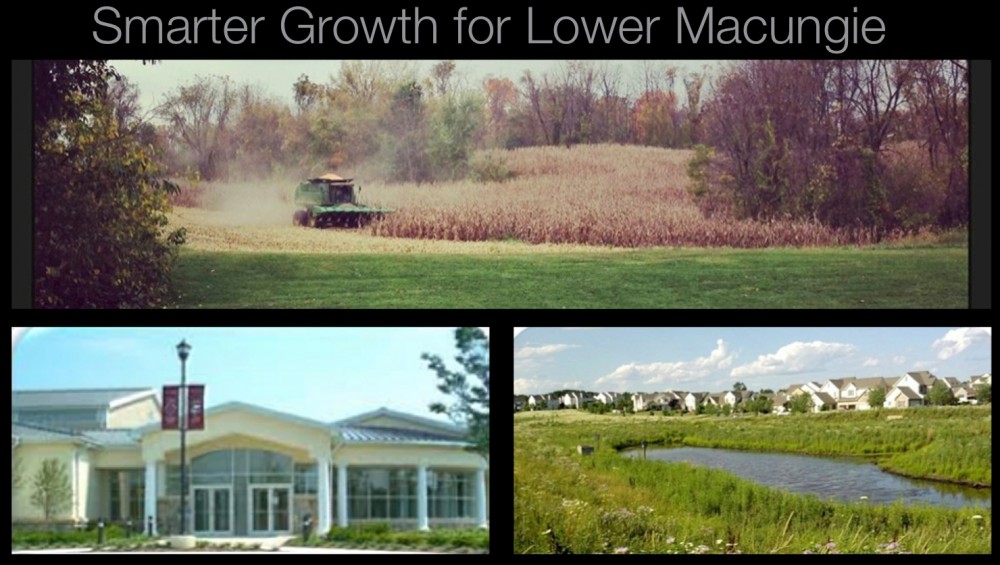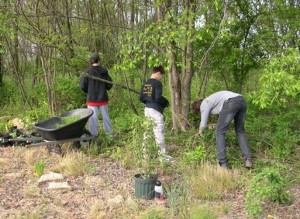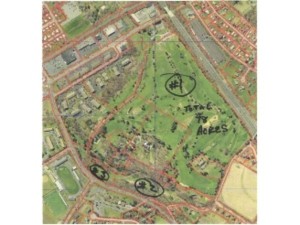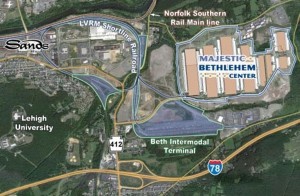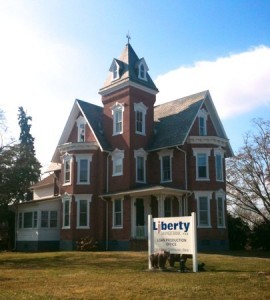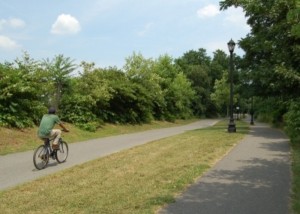The Lower Macungie Township Environmental Advisory Committee (EAC) held a invasive plant removal event last Saturday at the township Krazter Farm Property on Willow Lane. I stopped by to check it out and learn about the project from EAC Chair Scott Alderfer.
Scott led Scouts and parents from Troop 131 of Wescosville targeting invasive species and replacing them with native plants. Invasive species rapidly spread and outcompete natives. Native species that were planted include winterberry holly, viburnum, spice bush, christmas ferns and mayapple.
The Kratzer Farm is 86 acres located primarily in East Texas bounded by Willow Lane and Lower Macungie Road. The township has owned the property for 15 years. It currently rents much of the the agriculture portion to farmers on 5 year leases. The very successful community garden program is also located on the property. The portion where the Little Lehigh crosses through the farm is a popular fishing spot. In the future according to the master plan the township greenway trail could potentially run through the farm and may include a loop around the property.
According to Alderfer, the EAC applied for and recieved a 500 dollar matching grant to pay for the costs of the native plants. The EAC is an appointed board of volunteers that makes recommendations to our Board of Commissioners. They are provided a small budget which is used for project implementation and community education.
The EAC has a free educational event coming up this Thursday. Here’s the link to the flyer.http://www.lowermac.com/library/file/TEMP/EAC Residential Tree Care Event.pdf
For more information about the EAC visit here.
To learn more about the Kratzter Farm.
